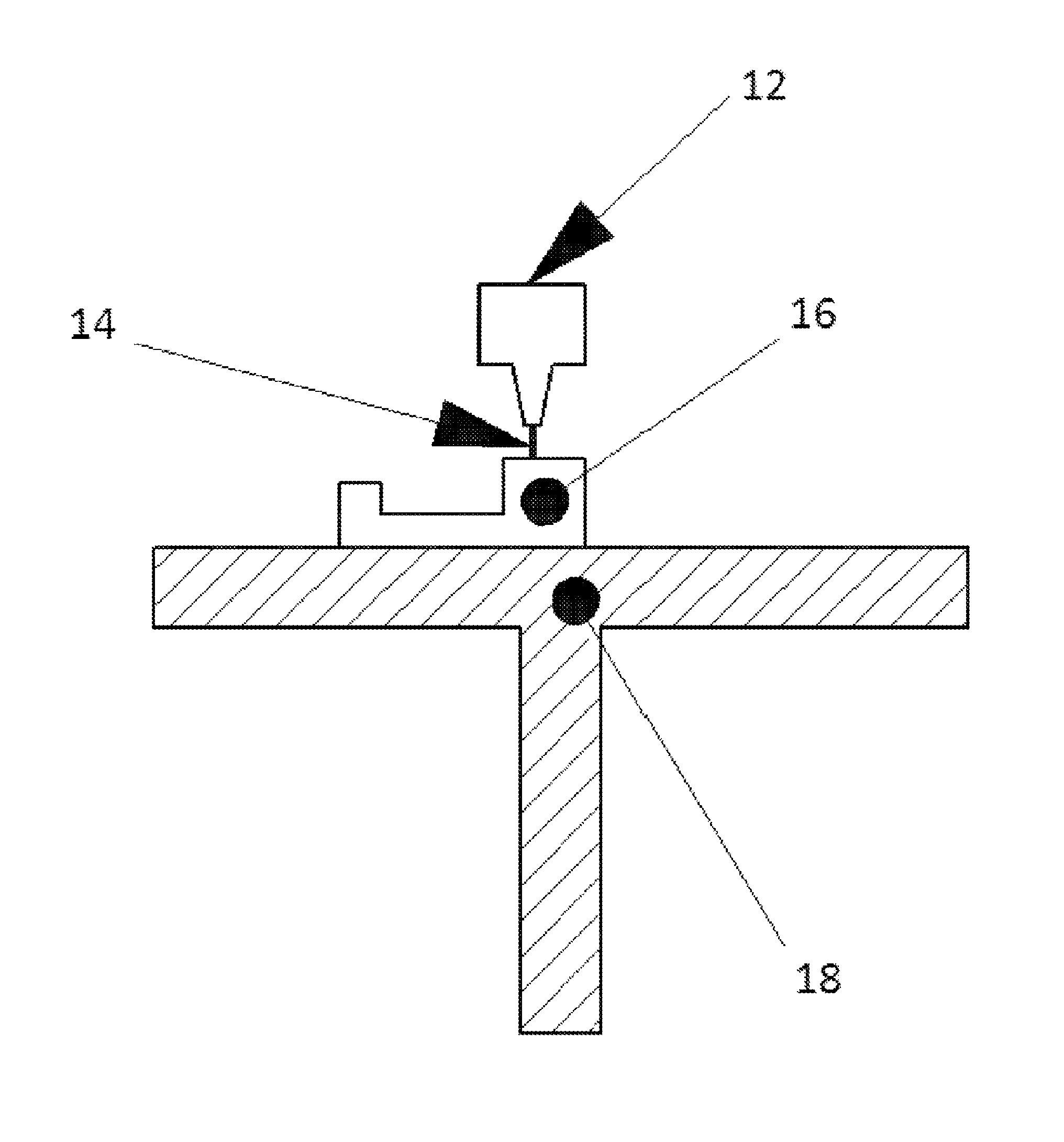Articles Produced by Three-Dimensional Printing with Cycloolefin Copolymers
a technology of cycloolefin and copolymer, applied in the field of three-dimensional printing, can solve problems such as one or more properties lacking, and achieve the effect of dimensional stability
- Summary
- Abstract
- Description
- Claims
- Application Information
AI Technical Summary
Benefits of technology
Problems solved by technology
Method used
Image
Examples
Embodiment Construction
[0014]The invention is described in detail below with reference to the drawing and examples. Such discussion is for purposes of illustration only. Modifications within the spirit and scope of the present invention, set forth in the appended claims, will be readily apparent to one of skill in the art.
[0015]The articles of the invention are suitably formed by any three-dimensioal printing process, that is, by any process of producing a three-dimensional article one layer at a time, now known or hereafter developed. Known techniques are sometimes referred to as binder jetting, directed energy deposition, material extrusion, material jetting, powder bed fusion, sheet lamination, vat photopolymerization and so forth. Preferred techniques include FDM, SHS or SLS as is noted above
[0016]The cycloolefin copolymer (COC) employed is typically a cycloolefin / acyclic olefin copolymer These polymers generally contain, based on the total weight of the cycloolefin copolymer, preferably from 0.1 to 9...
PUM
| Property | Measurement | Unit |
|---|---|---|
| weight percent | aaaaa | aaaaa |
| Tg | aaaaa | aaaaa |
| Tg | aaaaa | aaaaa |
Abstract
Description
Claims
Application Information
 Login to View More
Login to View More - R&D
- Intellectual Property
- Life Sciences
- Materials
- Tech Scout
- Unparalleled Data Quality
- Higher Quality Content
- 60% Fewer Hallucinations
Browse by: Latest US Patents, China's latest patents, Technical Efficacy Thesaurus, Application Domain, Technology Topic, Popular Technical Reports.
© 2025 PatSnap. All rights reserved.Legal|Privacy policy|Modern Slavery Act Transparency Statement|Sitemap|About US| Contact US: help@patsnap.com



